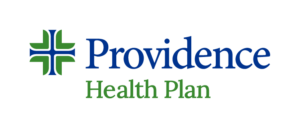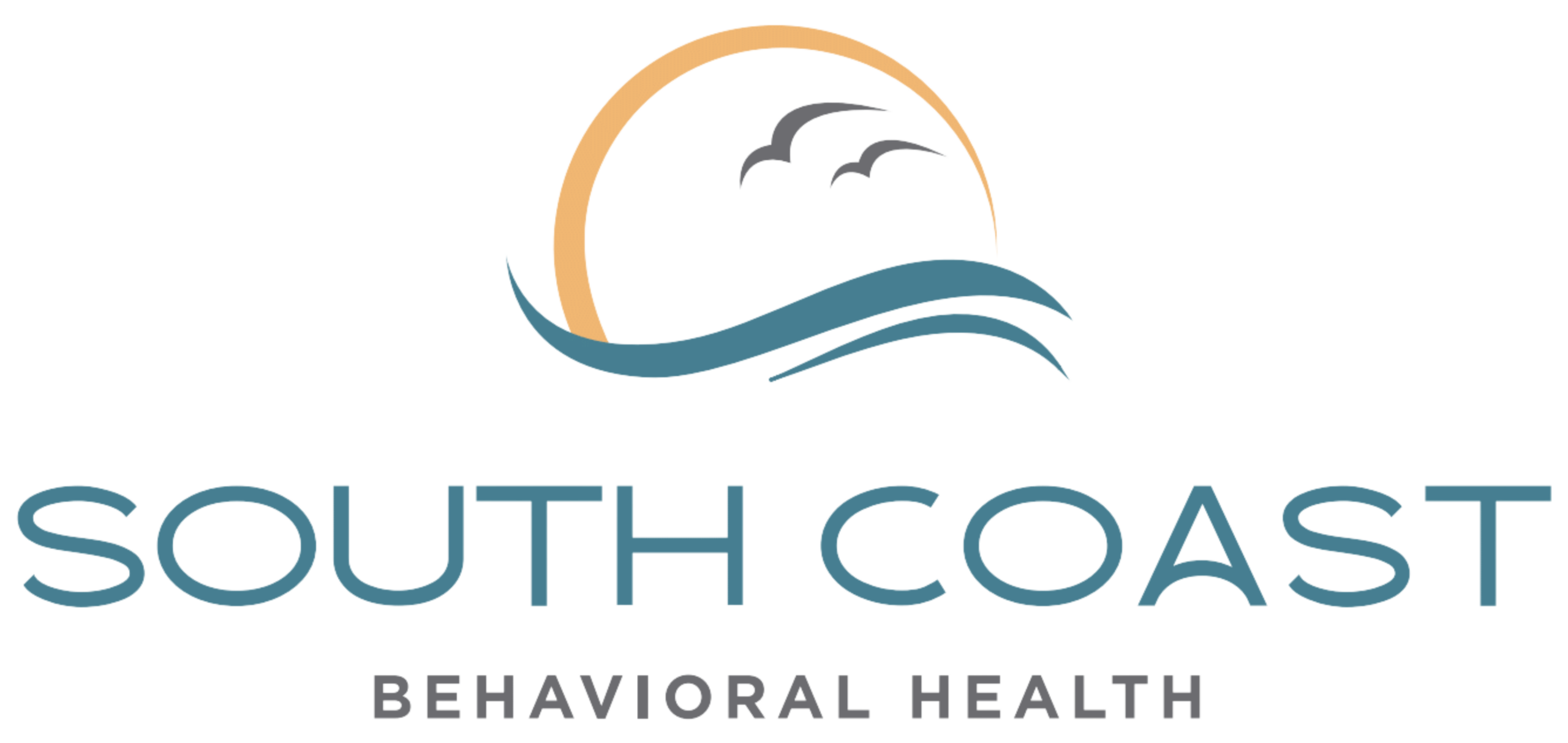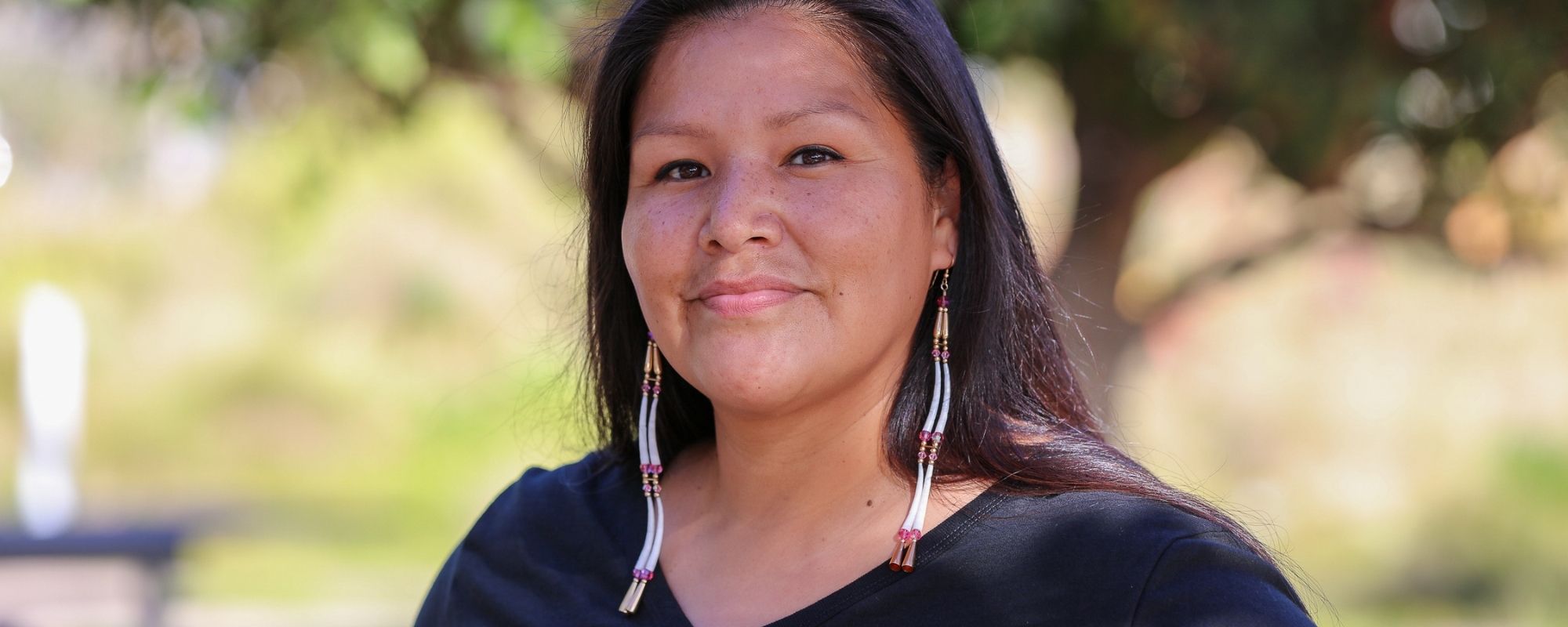One of the biggest risks to taking street drugs is contamination – you just don’t know what you’re taking. This was the case a decade ago when fentanyl infiltrated the heroin supply. Now, authorities are warning fentanyl itself is being contaminated with xylazine. Known on the street as the “zombie drug,” this drug can cause some extremely nasty side effects – including rotting flesh known as xylazine wounds.
If you or someone you know is using Xylazine, an addiction treatment center can help. Read on to learn more.
What Is Xylazine?
Xylazine is an animal tranquilizer drug. It’s use is for the sedation of animals like horses, deer, and cattle to facilitate handling or medical procedures. It’s also an increasingly common street drug causing drug overdoses. On the street, it’s known as “tranq” in reference to its role as a tranquilizer in veterinary medicine.
So, if it’s meant for animals why are people abusing xylazine?
Xylazine is increasingly found in opioid drugs like heroin or fentanyl to enhance their sedative and analgesic (pain-killing) effects. Users seeking a more intense or longer-lasting high may use drugs laced with xylazine, either knowingly or unknowingly. In addition, its status as a veterinary medicine means it’s fairly easy to obtain and cheaply.
However, it doesn’t only tranquilize. A particularly concerning xylazine side effect is what are called xylazine wounds. These are skin ulcers and abscesses that form after frequent injections of xylazine. Xylazine ulcers can even cause the skin to rot, giving the person a zombie-like appearance, which has led to tranq being referred to as a “zombie drug.”
According to a DEA report, the emergence of tranq in the drug supply seems to be following a similar pattern as did heroin back in the 1970s: starting in the Northeast, then going South. The report included a breakdown of DEA forensic laboratory identifications of xylazine by region.
The report also found that Northeast had the highest total of fatal xylazine overdoses over two years. However, fatal overdoses were sharply rising across the US.
According to the DEA’s forensic laboratory, here’s how quickly overdose deaths involving xylazine are rising by region:
- Northeast — 103%
- South — 1,127%
- Midwest — 516%
- West — 750%
Finally, the report notes that because not all states and municipalities test for xylazine in fatal overdose cases, it is very likely the presence of xylazine in the drug supply is being drastically underestimated.
Get confidential help from our addiction treatment specialists in Orange County. Call to join our rehab program today!
Call 866-881-1184Is Tranq Dangerous?
The side effects of tranq should make you think twice about ever using this drug. Those exposed to Xylazine include people who inject drugs, making it all the more dangerous. Alongside Xylazine-induced skin wounds, Xylazine side effects include the following:
- Profound drowsiness
- Slowed or reduced breathing, which can be life-threatening.
- Low blood pressure, leading to dizziness or fainting.
- Slow heart rate, which can cause weakness, fatigue, or dizziness.
- Elevated blood sugar levels.
- Loss of muscle coordination
- Nausea
- Vomiting
- Dry mouth
- Difficulty urinating due to relaxation of the bladder muscles
- Xylazine wounds: Abscesses and ulcers that form at injection sites, especially with repeated use or poor injection practices.
- Withdrawal symptoms: Upon cessation after prolonged use, similar to opioids, though not as well studied in humans.
Xylazine-induced skin ulcers are a particularly distressing side effect. Also referred to as xylazine sores or xylazine ulcers, these are severe skin and soft tissue infections that can occur at the site of injection.
These sores are particularly associated with the subcutaneous or intramuscular injection of xylazine, especially when mixed with other substances like opioids. The development of xylazine wounds is a significant health concern for individuals using drugs contaminated with xylazine.
Perhaps the worst part of xylazine, however, is not the xylazine wounds, but the fact that people are often unaware they are taking it. Not only can that unexpectedly lead to xylazine sores, but it’s possible it makes fentanyl users more likely to increase their dosages. Researchers theorize this could be because xylazine competes for the same opioid receptors as the opioids themselves, incentivizing users to increase their dosages and thus making overdoses more likely. Not many drug users have test strips to ensure their drugs are not laced with other powerful opioids like fentanyl. Mixing fentanyl and xylazine is very dangerous and carries a high potential for drug overdose. Administering naloxone, also called Narcan, can help stop an overdose of opioids.
And because it’s often mixed with opioids, the tranq can not only remain undetected but be resistant to traditional medications used to treat opioid overdoses, like naloxone.
What Are Xylazine Wounds?
When someone is experiencing the emergence of xylazine sores, wound care becomes very important. Here are some key points regarding xylazine sores:
- Xylazine wounds can start as small areas of redness and swelling of soft tissue at the injection site and may progress to large ulcers or open wounds. The progression can be rapid, leading to extensive tissue damage.
- Xylazine wounds are highly susceptible to infection, including bacterial and fungal infections. In severe cases, the infections can spread to deeper tissues or become systemic, posing a serious health risk.
- Xylazine ulcers are notoriously difficult to heal. The drug’s effects on blood circulation and the immune response can impair the body’s ability to heal these wounds. This difficulty is compounded by the often-compromised health status of individuals using drugs intravenously.
- Treatment of xylazine sores involves comprehensive wound care, which may include cleaning, debridement (removal of dead or infected tissue), and antibiotics to address infection. With severe xylazine wounds, hospitalization, and surgical intervention may be necessary. Addressing the underlying substance use is also a critical component of treatment.
- The emergence of xylazine skin ulcers among individuals using illicit drugs has raised significant public health concerns. It indicates the spread of xylazine in the drug supply and highlights the complex health challenges faced by this population, including the risk of severe infections and the need for targeted healthcare services.
- Efforts to prevent the spread of xylazine wounds include public health initiatives aimed at increasing awareness among drug users about the risks of using drugs contaminated with xylazine, promoting harm reduction strategies, and improving access to healthcare and substance use treatment services.
The presence of xylazine in the illicit drug market and its association with severe health outcomes like xylazine wounds underline the importance of ongoing monitoring, research, and intervention efforts to address the health impacts of this and similar substances.
Looking for quality substance abuse treatment that’s also affordable? South Coast accepts most major insurance providers. Get a free insurance benefits check now.
Check Your CoverageIs Xylazine Addictive?
Yes, xylazine can be addictive. When misused by humans, especially when mixed with other substances like opioids, it can contribute to addictive behaviors and patterns. Its sedative effects can lead to physical dependence, and individuals might seek it out to enhance the effects of opioids or other drugs, leading to addiction.
Moreover, xylazine withdrawal symptoms can be severe, which can further entrench addiction as individuals continue using it to avoid withdrawal.
Xylazine withdrawal symptoms include:
- Bradycardia (slow heart rate)
- Hypertension
- Hypotension
- Ataxia (loss of coordination)
- Slurred speech
- Sedation
- Irregular heart rate
- Respiratory depression (shallow breathing)
Due to its increasing misuse, health authorities in some regions are monitoring its impact and considering measures to control its spread and for overdose prevention.
Xylazine Treatment Programs in Orange County, CA
If you or a loved one are dealing with xylazine wounds, that’s a sign it’s time to get help. South Coast Behavioral Health is here to help you regain control of your life and overcome your addiction to substances. The first step in treating addiction is a medical detox for xylazine and other substances. This means using drugs to manage withdrawal symptoms. Addiction medicine for detox should only be administered by professionals.
Our medical detox program in California is staffed by empathetic and knowledgeable professionals who can provide you with medications to manage your withdrawal symptoms.
After detoxing, proper treatment can begin.
Treatment for substance abuse takes place along an entire spectrum of care. Along that entire spectrum lies various therapeutic modalities, support groups, and the use of medically assisted treatment (MAT).
Here are our levels of treatment:
Residential Treatment in California
After completing medical detox, you’ll receive inpatient treatment in Orange County California. There, you’ll receive MAT and dual diagnosis treatment as needed, to deal with any cravings or co-occurring mental health issues you may be battling.
We also offer residential treatment facilities in Costa Mesa, Irvine, and Huntington Beach for those who desire gender-specific treatment. There, patients receive 24/7 medical support while living at the institution full-time.
In addition to individual and group counseling and medication management, you’ll also have access to leisure activities and family support services.
Partial Hospitalization in California
Most clients start xylazine addiction treatment with South Coast in our residential treatment program. After completing that, many desire something that still provides structure and support, but with extra space and time to oneself. For that, we offer Partial Hospitalization in Newport Beach.
Partial hospitalization is a reasonable compromise for those who want to gradually return to their regular lives. It is less structured than traditional outpatient programs but offers more structure than inpatient treatment. Five to seven days a week, for a few hours each day, clients can receive care; they can then go back to their homes in the evening.
This way, they can recover without putting their daily lives completely on hold, receiving intense therapeutic interventions like group and individual therapy, skill development, and medication management as necessary.
Intensive Outpatient Treatment in California
For those leaving inpatient residential treatment or partial hospitalization, intensive outpatient programs (IOP) are yet another gradual step forward on the road to recovery.
With a focus on group therapy, individual counseling, and education, clients undergoing Intensive Outpatient Treatment in Newport Beach can meet three to five days a week. Each session lasts three hours.
This level of care requires the least amount of attendance at a facility.
Start Today
If you or a loved one are struggling with addiction but wonder how long addiction treatment takes or have other questions, call us at 866-881-1184. Our highly qualified staff will be happy to help give you an idea of what to expect from your addiction recovery timeline, verify your insurance, and assist with any other questions you may have.
- Xylazine: A Drug Adulterant of Clinical Concern – PubMed (nih.gov)
- A confirmed case of xylazine-induced skin ulcers in a person who injects drugs in Miami, Florida, USA – PubMed (nih.gov)
- Xylazine co-occurrence with illicit fentanyl is a growing threat in the Deep South: a retrospective study of decedent data – PubMed (nih.gov)
- Evaluation of the relationship of xylazine and fentanyl blood concentrations among fentanyl-associated fatalities – PubMed (nih.gov)
- The Growing Threat of Xylazine and its Mixture with Illicit Drugs (dea.gov)























